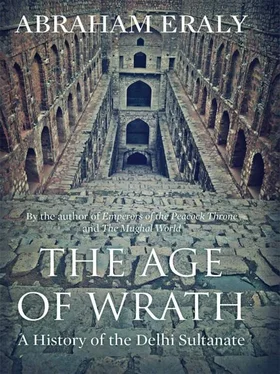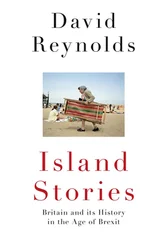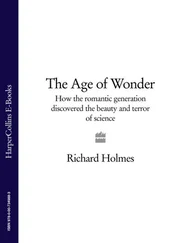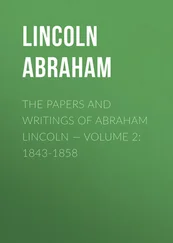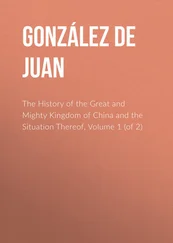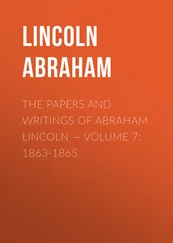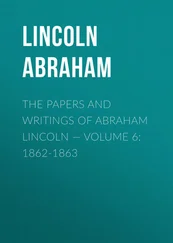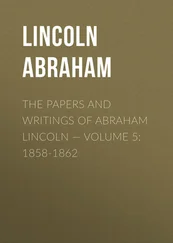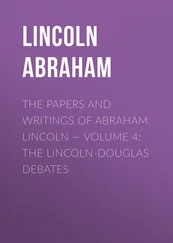For all its flaws, the Delhi Sultanate had a few rare distinctions, such as having the only woman ever to sit on the throne of Delhi: Raziya. And she, despite the purdah restrictions that normally cloistered upper class Muslim women, ruled the empire with distinction for three years, but was then overthrown and killed by a band of hyper-orthodox nobles. ‘Sultan Raziya was a great monarch,’ comments medieval chronicler Siraj. ‘She was endowed with all the qualities befitting a king. But she was not of the right sex, and so in the estimation of men all her virtues were worthless.’
The Sultanate also had the rare distinction of having a king who voluntarily relinquished his throne while still in his youth and went into retirement. This was Alam Shah of the Sayyid dynasty, who then moved from Delhi to Budaun, a charming little town on the banks of Ganga, where he lived in blissful obscurity for thirty years, till his death, free of all the cares and tribulations that harry a crowned head.
THE FIRST OF the five dynasties of the Delhi Sultanate was the Slave Dynasty. It was founded by Qutb-ud-din Aibak, Muhammad Ghuri’s viceroy in India, who set up the Indian territories of the Ghuri empire as an independent kingdom on the death of Muhammad. The dynasty he founded came to be known as the Slave Dynasty because its sultans were all manumitted slaves or their descendants. They were not however ordinary slaves, but royal slaves, like Mamluks of medieval Egypt, and they, far from being an underclass, constituted a politico-military aristocracy, who could aspire for the highest offices in the government, and even rise to be sultans, as indeed three of them did. It was not a disgrace but a distinction to be a royal slave.
The Slave Dynasty ruled the Sultanate for 84 years, from 1206 to 1290, and it had ten sultans belonging to three different but related families. The second dynasty, that of Khaljis, was the shortest reigning dynasty of the Sultanate; it was in power for only 30 years, till 1320, and had six sultans. The third dynasty, that of Tughluqs, had the longest history of all the Delhi dynasties; it ruled for 94 years, till 1414, and had 11 sultans. The next dynasty, that of Sayyids, ruled for 37 years, till 1451, and had four sultans. The last dynasty, that of Lodis, had three sultans, and it endured for 75 years, till the Mughal invasion of 1526.
The expansionist phase of the Sultanate history was the one and a quarter century period from its founding in the first decade of the thirteenth century to the second quarter of the fourteenth century. The empire was at its greatest territorial extent during the reign of Muhammad Tughluq, when it stretched over virtually the entire subcontinent, except over Kerala in the deep south, Kashmir in the far north, and a few pockets here and there. Curiously, the reign of Muhammad Tughluq, which marked the culmination of the territorial expansion of the Sultanate, also marked the beginning of its fragmentation.
The greatest of the Delhi sultans was Ala-ud-din Khalji, the second ruler of the second dynasty of the Sultanate. He was illiterate — like Akbar, the great Mughal emperor — but was a brilliant, radical reformer. In that age of minimal governments, Ala-ud-din ran a maximal government. A totalitarian and exceptionally able ruler, he firmly controlled nearly every facet of life in his empire. Although he did all that no doubt primarily to quench his thirst for power, his rule was also most beneficial to his subjects, who lived in greater security and material comfort under him than under any other Delhi sultan. Ala-ud-din was an autocrat, but a benevolent autocrat.
Ala-ud-din had to his credit the introduction of several daringly innovative and brilliantly successful administrative and economic reforms, some of which were many centuries ahead of his time, and were rather like those of a modern welfare state. The most remarkable aspect of his reign was his futuristic economic reforms, through which he firmly regulated every segment of the economy, particularly its market operations, by balancing the demand and supply of goods, and fixing their prices. Ala-ud-din backed up these market reforms by setting up an elaborate intelligence network, which enabled him to maintain total control over everything that happened in the empire. States Barani: ‘No one could stir without the sultan’s knowledge.’
Another radical reformer of the Delhi Sultanate was Muhammad Tughluq, but while Ala-ud-din was successful in everything he did, Muhammad was a dismal failure in everything he did. Soon after his accession Muhammad conceived several fascinating political and socio-economic reforms, which — particularly the introduction of token currency — were, as ideas, quite sound, and would have been beneficial to the sultanate if they had been implemented efficiently. But they all failed miserably in execution, and produced results that were the opposite of what the sultan had intended. This was because Muhammad lacked the pragmatism, patience and perseverance needed to execute his schemes successfully. He was an obsessive daydreamer. And it was only in his daydreams that he was able to fulfil himself.
The picture of Muhammad that emerges from medieval chronicles is of a psychotic Jekyll-and-Hyde personality, a bizarre blend of antithetical qualities, of good and evil, overweening arrogance and abject humility, murderous savagery and touching compassion. There was an element of revolting fiendishness in some of the punishments that he meted out. Thus when Gurshasp, his nephew, rose in revolt against him, not only was he flayed alive, but his flesh was cooked with rice and served to his wife and children. In another instance, when a pious and venerable Muslim described the sultan as a tyrant, he was forcibly fed human excrement, on the sultan’s orders.
MUHAMMAD HAD NO sons, and so was succeeded by his cousin Firuz, and that marked an amazing transition in the history of the Sultanate, from hellish chaos to heavenly tranquillity. Muhammad and Firuz were entirely unlike each other in character, temperament and policies — Muhammad was an egomaniac, flighty and unpredictable, ever pursuing some chimerical goal or other, and given to savage violence; in contrast, Firuz was a stable, dependable ruler, with a good sense of what was viable and necessary, and was essentially a man of peace. While Muhammad wanted the world to adjust to him, Firuz adjusted himself to the world. And, more than anything else, Firuz was concerned with the stability of his empire and the welfare of its people, rather than with self-fulfilment. He was the right person in the right place at the right time.
Firuz was the most humane of the Delhi sultans. He reversed the prevailing royal view that people should serve the king, and held that the king should serve the people. Public welfare, not personal fulfilment, was his objective. He was especially caring towards the lowly. The Delhi Sultanate under Firuz was the closest that any government in medieval India came to being a welfare state.
The death of Firuz was followed by a period of political chaos, during which the Sultanate fragmented into a number of independent kingdoms, some of which had larger territory and greater power than the Sultanate. But the Sultanate, though considerably attenuated, endured for 114 years more, till the Mughal invasion. During this period the Sultanate was ruled by two successor dynasties, Sayyids and Lodis. The disintegration of the Sultanate continued under Sayyids, and by the end of their rule the kingdom was confined to just the city of Delhi and its neighbouring villages. As a common satirical jingle of the time had it,
From Delhi to Palam
Is the realm of Shah Alam.
There was some revival of the fortunes of the kingdom under Lodis, but their history ended abruptly in 1526, when Babur invaded India and established the Mughal Empire. But its last ruler, Ibrahim, had the distinction of being the only sultan of Delhi to die in battle, despite the innumerable battles they fought all through their over-three-century-long history.
Читать дальше
